
Magnetic two-dimensional (2D) van der Waals (vdWs) materials are receiving increased attention due to their exceptional properties and potential applications in spintronic devices. Because exchange bias and spin–orbit torque (SOT)-driven magnetization switching are basic ingredients for spintronic devices, it is of pivotal importance to demonstrate these effects in the 2D vdWs material-based magnetic heterostructures. In this work, we employ a vacuum exfoliation approach to fabricate Fe₃GeTe₂ (FGT)/Ir₂₂Mn₇₈ (IrMn) and FGT/Pt bilayers, which have high-quality interfaces. An out-of-plane exchange bias of up to 895 Oe is obtained in the former bilayer, which is larger than that of the previously studied bilayers. In the latter bilayer, the SOT switching of the perpendicularly magnetized FGT is realized, which exhibits higher SOT-driven switching performance compared to the previously studied FGT/Pt bilayer devices with interfacial oxidation. The minimum of SOT efficiency is
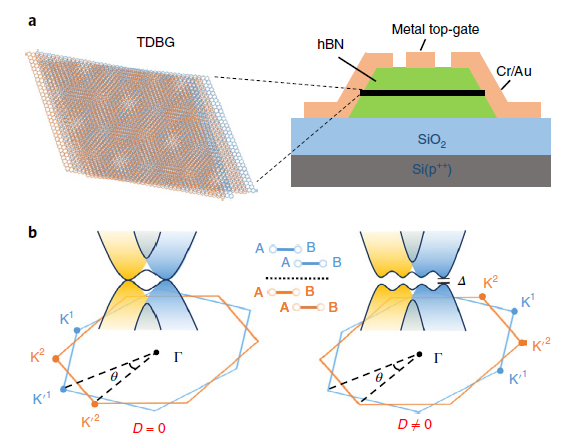
Electron-electron interactions play an important role in graphene and related systems and can induce exotic quantum states, especially in a stacked bilayer with a small twist angle. For bilayer graphene where the two layers are twisted by the ‘magic angle’, flat band and strong many-body effects lead to correlated insulating states and superconductivity. In contrast to monolayer graphene, the band structure of untwisted bilayer graphene can be further tuned by a displacement field, providing an extra degree of freedom to control the flat band that should appear when two bilayers are stacked on top of each other. Here, we report the discovery and characterization of displacement field-tunable electronic phases in twisted double bilayer graphene. We observe insulating states at a half-filled conduction band in an intermediate range of displacement fields. Furthermore, the resistance gap in the correlated insulator increases with respect to the inplane magnetic fields and we find that
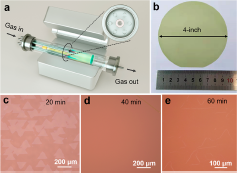
Two-dimensional molybdenum disulfide (MoS₂) is an emergent semiconductor with great potential in next-generation scaled-up electronics, but the production of high-quality monolayer MoS₂ wafers still remains a challenge. Here, we report an epitaxy route toward 4 in. monolayer MoS₂ wafers with highly oriented and large domains on sapphire. Benefiting from a multisource design for our chemical vapor deposition setup and the optimization of the growth process, we successfully realized material uniformity across the entire 4 in. wafer and greater than 100 μm domain size on average. These monolayers exhibit the best electronic quality ever reported, as evidenced from our spectroscopic and transport characterizations. Our work moves a step closer to practical applications of monolayer MoS₂.
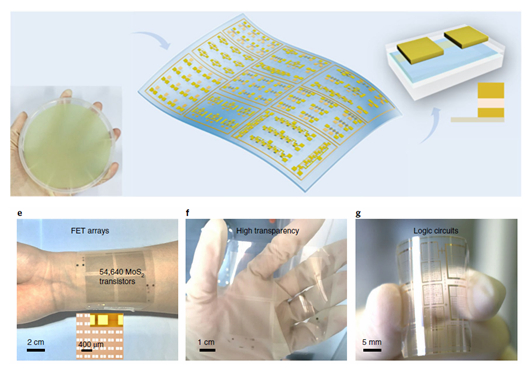
Atomically thin molybdenum disulfide (MoS₂) is a promising semiconductor material for integrated flexible electronics due to its excellent mechanical, optical and electronic properties. However, the fabrication of large-scale MoS₂-based flexible integrated circuits with high device density and performance remains a challenge. Here, we report the fabrication of transparent MoS₂-based transistors and logic circuits on flexible substrates using four-inch wafer-scale MoS₂ monolayers. Our approach uses a modified chemical vapour deposition process to grow wafer-scale monolayers with large grain sizes and gold/titanium/ gold electrodes to create a contact resistance as low as 2.9 kΩ μm−1. The field-effect transistors are fabricated with a high device density (1,518 transistors per cm2) and yield (97%), and exhibit high on/off ratios (1010), current densities (~35 μA μm−1), mobilities (~55 cm2 V−1 s−1) and flexibility. We also use the approach to create various flexible int
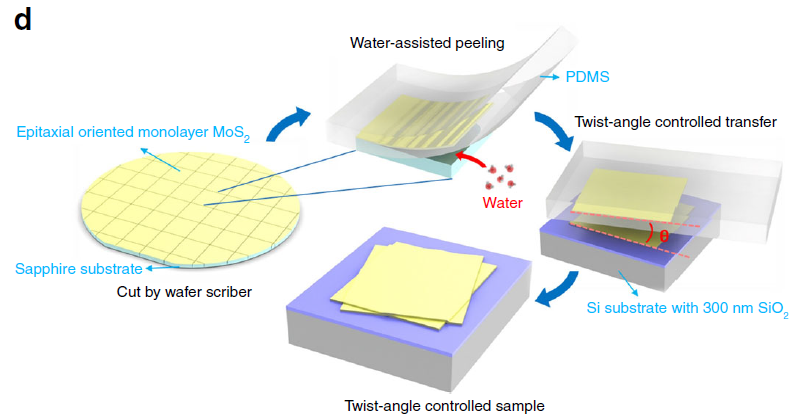
Twist angle between adjacent layers of two-dimensional (2D) layered materials provides an exotic degree of freedom to enable various fascinating phenomena, which opens a research direction-twistronics. To realize the practical applications of twistronics, it is of the utmost importance to control the interlayer twist angle on large scales. In this work, we report the precise control of interlayer twist angle in centimeter-scale stacked multilayer MoS₂ homostructures via the combination of wafer-scale highly-oriented monolayer MoS₂ growth techniques and a water-assisted transfer method. We confirm that the twist angle can continuously change the indirect bandgap of centimeter-scale stacked multilayer MoS₂ homostructures, which is indicated by the photoluminescence peak shift. Furthermore, we demonstrate that the stack structure can affect the electrical properties of MoS₂ homostructures, where 30° twist angle yields higher electron mobility. Our work provides a firm basis for th
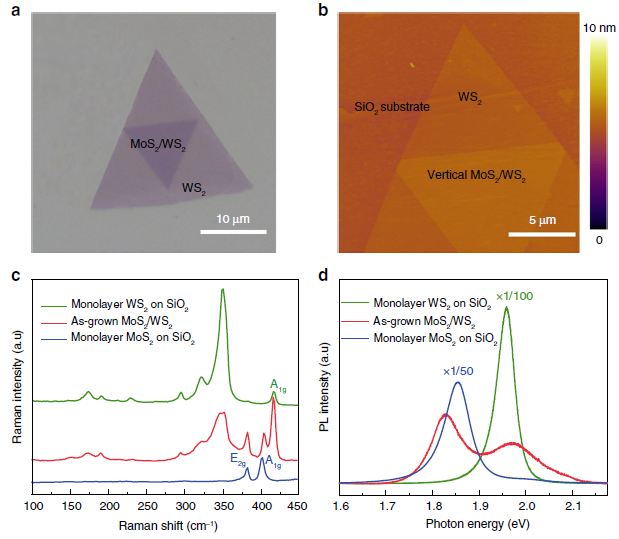
Van der Waals heterostructures of transition metal dichalcogenides with interlayer coupling offer an exotic platform to realize fascinating phenomena. Due to the type II band alignment of these heterostructures, electrons and holes are separated into different layers. The localized electrons induced doping in one layer, in principle, would lift the Fermi level to cross the spin-polarized upper conduction band and lead to strong manipulation of valley magnetic response. Here, we report the significantly enhanced valley Zeeman splitting and magnetic tuning of polarization for the direct optical transition of MoS₂ in MoS₂/WS₂ heterostructures. Such strong enhancement of valley magnetic response in MoS₂ stems from the change of the spin-valley degeneracy from 2 to 4 and strong many-body Coulomb interactions induced by ultrafast charge transfer. Moreover, the magnetic splitting can be tuned monotonically by laser power, providing an effective all-optical route towards engineering and
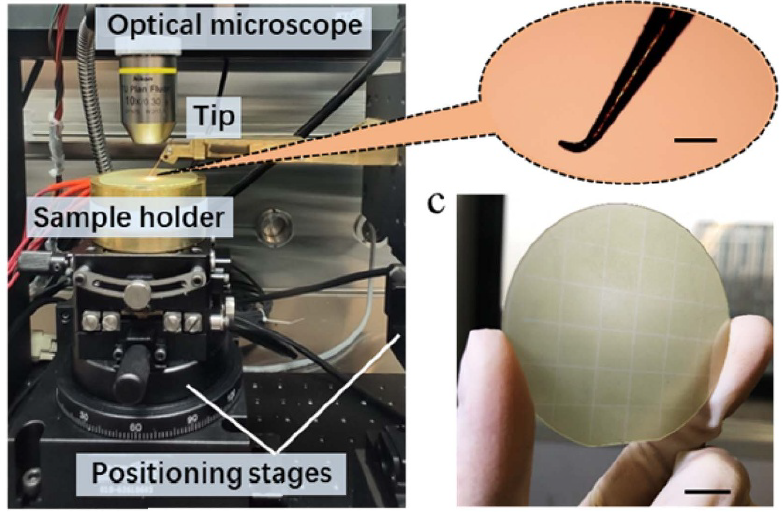
Monolayer MoS₂ is an emerging two-dimensional (2D) semiconductor with promise on novel electronics and optoelectronics. Standard micro-fabrication techniques such as lithography and etching are usually involved to pattern such materials for devices but usually face great challenges on yielding clean structures without edge, surface and interface contaminations induced during the fabrication process. Here a direct writing patterning approach for wafer-scale MoS₂ monolayers is reported. By controllable scratching by a tip, wafer-scale monolayer MoS₂ films on various substrates are patterned in an ultra-clean manner. MoS₂ field effect transistors fabricated from this scratching lithography show excellent performances, evidenced from a room-temperature on-off ratio exceeding 1010 and a high field-effect mobility of 50.7 cm2 V−1 s−1, due to the cleanness of as-fabricated devices. Such scratching approach can be also applied to other 2D materials, thus providing an alternate patte







Two-dimensional (2D) material is a new type of materials with thickness ranging from one to several atoms. Atoms within each individual layers are bonded by rather strong covalent bonds while the adjacent layers are usually stacked together by weak van der Waals (vdW) force.
Important factors supporting the vigorous developments of 2D materials are their unique physical properties (associated with interfaces) and potential applications. High-quality 2D crystals play a significant role in exploring new physical phenomena and in further extending their applications in microelectronics and optoelectronics.
Ranging from the initial micro/nano electronic/optoelectronic devices to spin/valley electronic devices, and ranging from optical/electrocatalyst to lithium battery and solar cell and to other areas, 2D materials are expected to be widely used in the new generation of electronic information and energy storage fields.
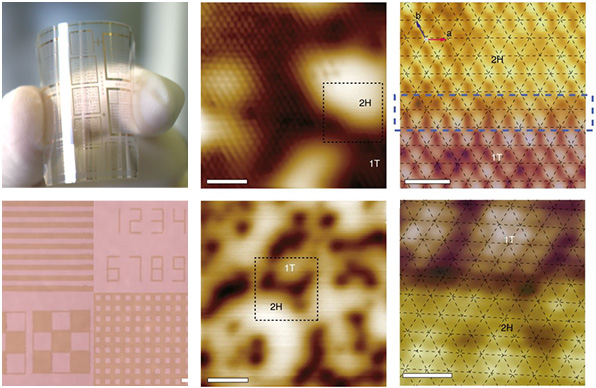
The emergence of 2D materials opens a brand-new space for exploring various functional material systems and pave the way to overcome various restrictions on the performance of traditional semiconductor devices. Preparation of high quality, wafer-scale monolayer membrane on insulating substrates is crucial for the application of 2D materials in large-scale integrated electronic and optoelectronic devices.
The uniformity of 2D crystals and the unity of their orientations determine the performance of electronic devices so that are decisive in the realization of massive applications of electronic devices based on 2D materials. Moreover, 2D materials can also be used to construct 2D vdW heterostructures in which the interface constructed by vdW force plays a key role in designing and modifying the physical properties and in realizing the application of relevant devices. The combination of the characteristics of two or even more 2D materials in a vdW heterostructure vastly enriches the properties of 2D materials and makes it straightforward to create artificial materials with designed properties.
In recent years, formation of Moire superlattice in the two-dimensional materials by controlling the stacking order between layers has been developed as a new dimension to reshape the physical properties of 2D materials. Controlling the formation of Moire superlattice managed to obtain a variety of exotic states in the twisted graphene system and is developing into another key field of the condensed matter physics and materials science. Promoting the research on the Moire superlattice systems represented by the twisted graphene is of great significance to promote the development of microelectronics and information technologies in our country.

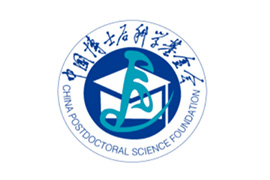
Congratulations to Xingchao Zhang, He won CY23 postdoctoral innovative talent support program

This work shows flexible integrated circuits based on monolayer MoS2 can have both high performance and low power consumption, which provides a technical foundation for the development of two-dimensional semiconductor-based integrated circuits to practical applications

Team developed a large-area flexible multifunctional optoelectronic device based on large-area, high-quality, monolayer MoS2. The optical decay time and persistent photoconductance of the device can be effectively controlled by the gate voltage, so that the functions of optical detection, optical storage and photoelectric synapse can be realized.

The flexible artificial retina device reported in this work has simple device structure, high photoelectric conversion efficiency, ultra-low power consumption and strong adjustability, which provides a new design and idea for the development of artificial retina, and has a great application prospect in the future clinical treatment

Chinese Academy of Sciences University
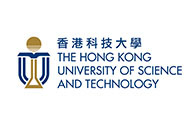
Hong Kong University of Science and Technology

Hong Kong Polytechnic University
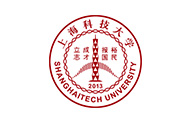
Shanghai University of Science and Technology

Hong Kong university
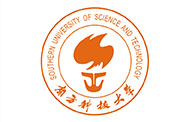
Southern University of Science and Technology

Hunan University
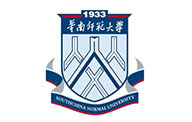
South China Normal University

Northeast Normal University